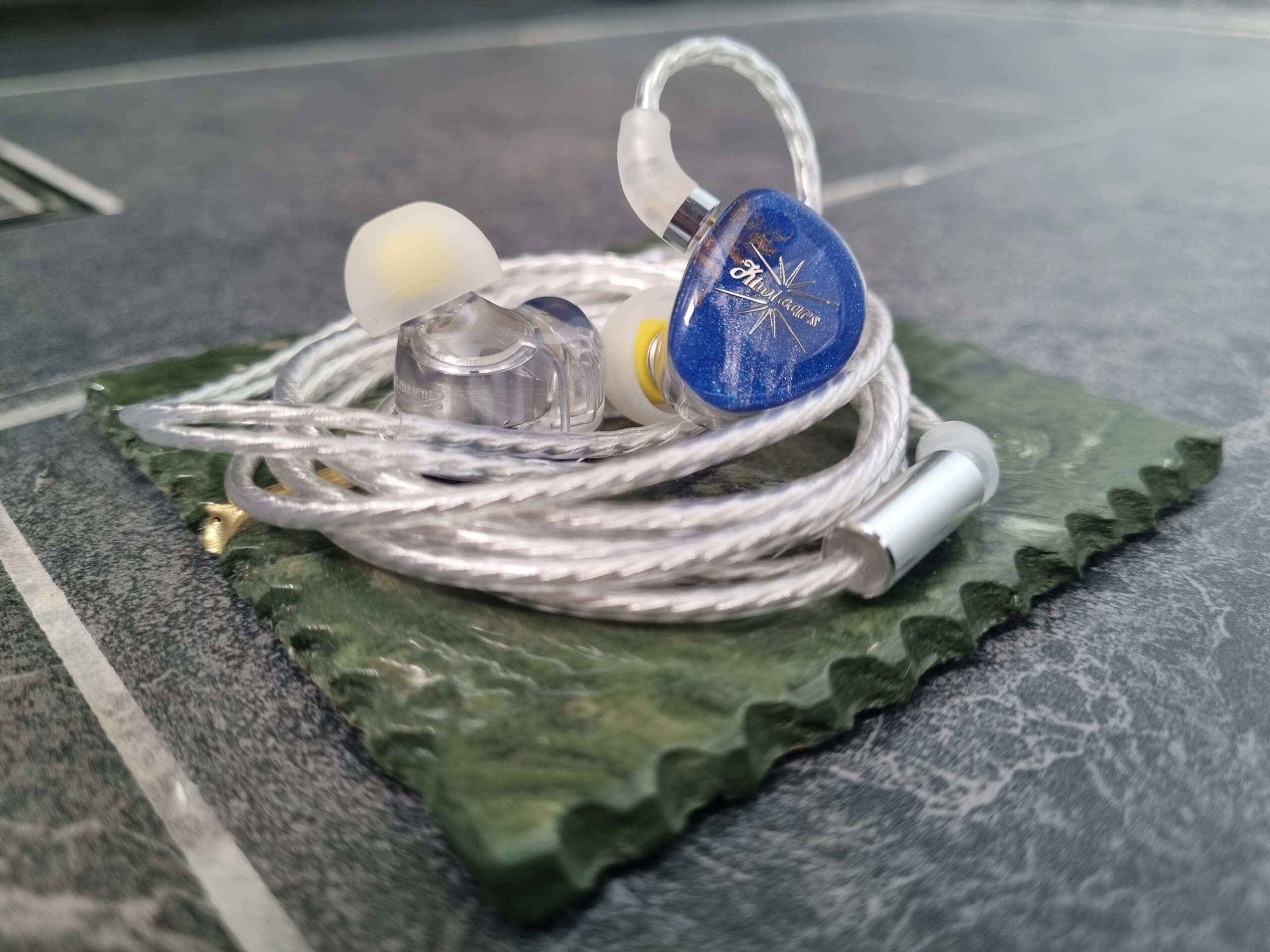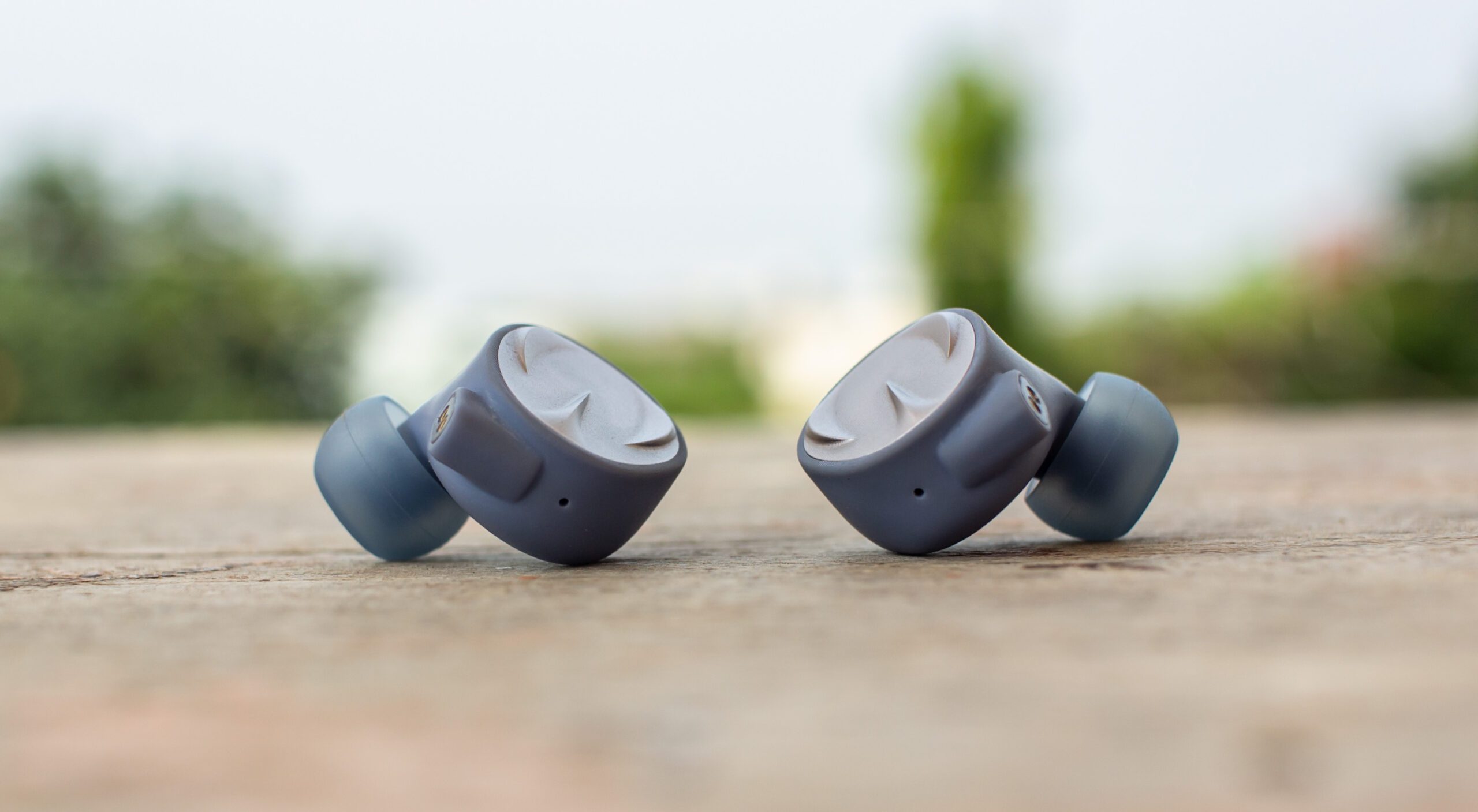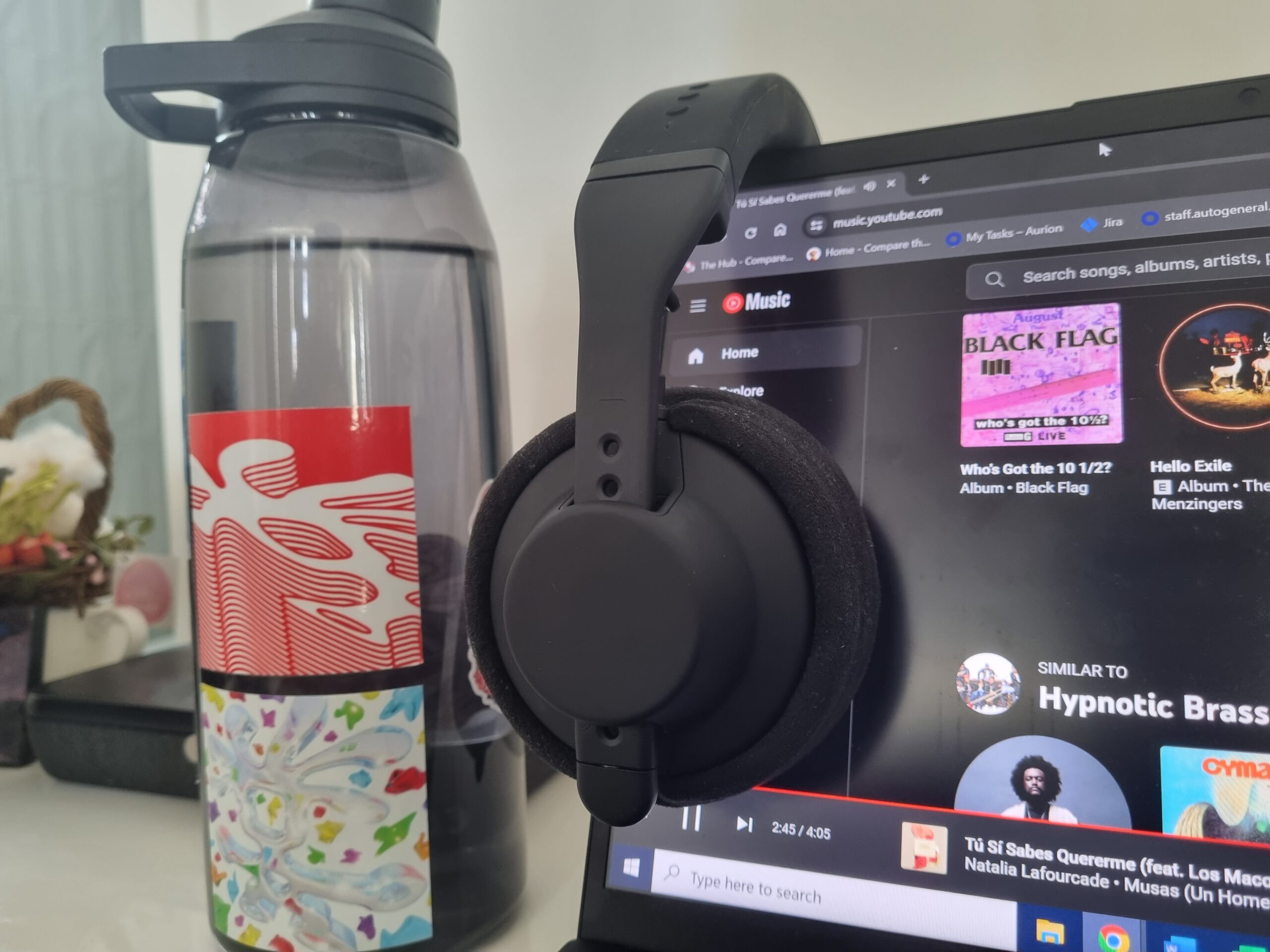If you’re a seasoned audiophile, the name HiBy will likely be quite familiar to you. Over many years, the Guangdong-based portable music specialist – initially a software development company for third-party portable hardware brands like Cayin – has been developing its own digital music players, accessories and software for audiophiles at every price point.
HiBy Digital is a spinoff division, recently launched by HiBy in answer to perceived demand for dedicated audio devices in the consumer space, specifically the new-generation, smartphone-toting consumer space. The idea was to bridge the gap between audiophile and consumer music enthusiast, with dedicated playback devices that are easy to use but also full-featured, multi-functioned, and ultra-portable.
And so, we have the HiBy Digital M300, a digital audio player (DAP) in form and function that looks and feels more like a miniature phone. Unlike conventional DAPs, the M300 adds additional features like built-in microphones, a speaker, an FM radio, and recording functionality, and is built on a more recent platform (Android 13) than any current audiophile DAPs.
On the flipside, the M300 omits some important features that audiophiles would generally look for in a music player, like balanced output and hi-fi-grade components. It also leaves out some critical audiophile software features, especially for an Android device, like Android SRC bypass (although I think I’ve found a workaround to this – check the software and functionality section on the following page), and there’s no system wide EQ in the form of HiBy’s MSEB (although MSEB is available in the HiBy Music app).
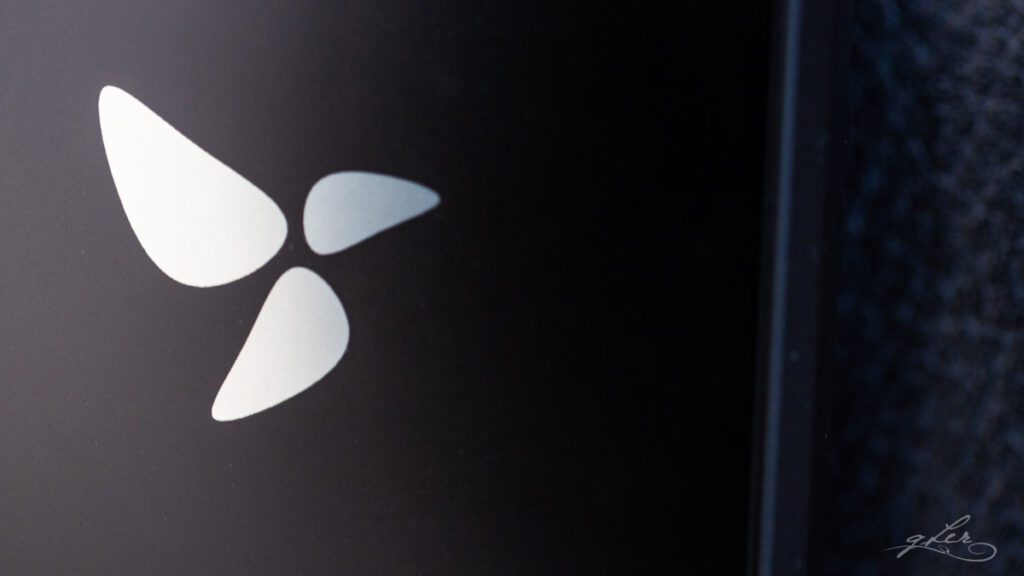
In saying that, most of these features are rarely if ever used by the type of consumer the M300 was designed for. As such, what really sets the M300 apart, in my opinion, is the value proposition. Considering it’s built on the same midrange but still very speedy SoC (Snapdragon 665) running a relatively modern open Android version with most of the configuration options of dedicated DAPs, the $199 asking price appears to be an absolute bargain – even before we get into performance metrics.
The only question that remains is whether or not mainstream consumers will see the value and purpose of this type of device. I suspect they might, considering how much I’ve taken to this little player myself, despite having access to both smartphones and high-end DAPs on a daily basis.
Packaging, design and build
Basic is a good word to describe M300’s packaging, accessories and design. Shipping in a small recycled cardboard box with minimalist branding, you’ll find very little other than the M300 itself – a USB-C charging cable and, well, that’s it.
Surprisingly for a portable device, there’s no case included, and while that’s standard practice for devices like smartphones, there’s usually a litany of aftermarket options available for most modern phones. Not so M300; to date I haven’t seen a single protective cover option on any online marketplace, not least from HiBy Digital. What you do get by way of protection is pre-applied film on the glass front screen, but none on the rear glass.
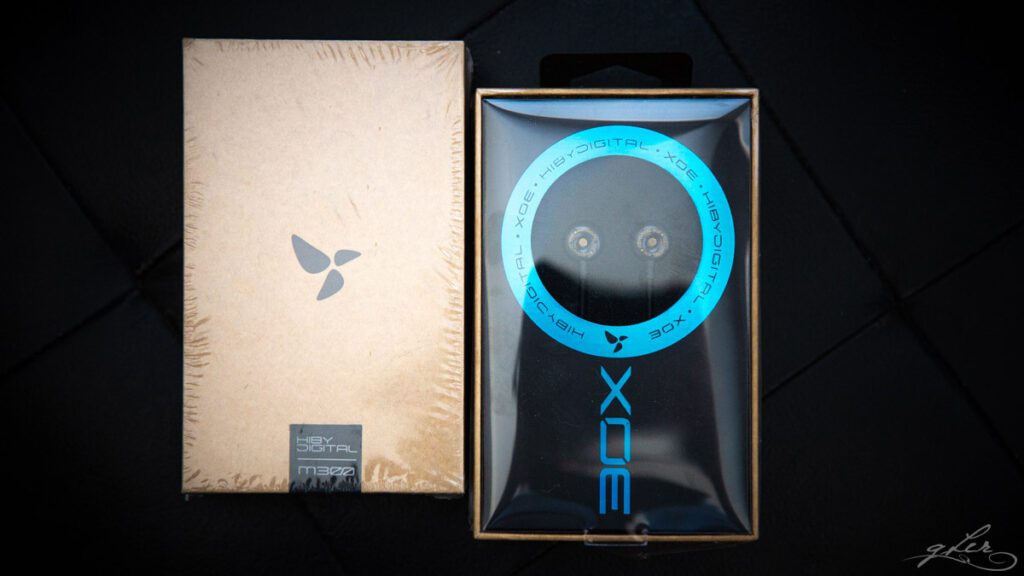
Made of a lightweight aluminium alloy in three different colours (I got black) M300 does feel quite solid and sturdy, with good tactile feedback on the side buttons. Measuring 113 x 58 x 13mm, M300 is diminutive by any standard, and is all the more impressive given how much technology HiBy Digital managed to squeeze inside this frame.
There’s no volume wheel, which would be impractical on a device this size anyway, but the rocker buttons are easy to operate. You get a total of 4 buttons: power on/off, volume, play/pause/next (sorry, no previous button, an oversight in my opinion), and a multifunction button you can program with a pre-set number of options (like key lock). A small LED light above the buttons gives a visual display of the player status and playback bitrate.
Other external features include dual microphones on the top panel, a speaker grid on the bottom panel alongside USB-C (USB 3.2-spec) and 3.5mm headphone ports, and a covered SD card slot on the opposite side to the button grid.
The 4-inch display features a bright, colourful IPS panel with a commendable 178-degree viewing angle. It’s a responsive touchscreen, though not quite as responsive as a good phone or full-size DAP, and it lacks tap-to-wake functionality, which would definitely be a good consumer feature to add in future products.
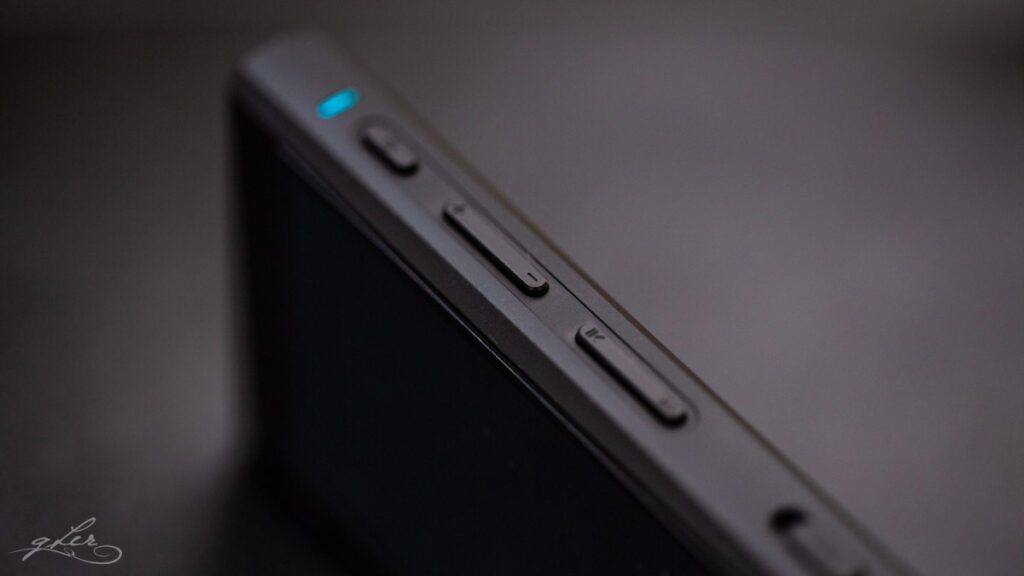
In use, the screen does feel rather small for all the functions I’m able to perform, like a full-size smart device shrunk to diminutive proportions. Fat-fingered users like myself need to exercise more dexterity than usual to get things done on-screen, especially when typing in long passwords.
On the hardware front, the Snapdragon 665 is still serving this type of device very well. It’s the same chipset HiBy uses for its multi-kilobuck flagship DAPs, which means M300 is just as slick and responsive as those devices. It does have less onboard memory (both RAM and ROM), with 3GB and 32GB respectively included as standard, but you can upgrade storage with an OTG USB-C drive or an mSD card up to 2TB in size.
As an audio player you do get more than you would in a mainstream smartphone. The DAC is a midrange Cirrus Logic CS43131 that supports a wide range of audio formats, including PCM up to 768kHz/32Bit and DSD up to 256 (although playing back these hi-res formats in bitperfect hi-res output is potentially difficult, as I alluded to earlier). Amping provides a respectable 103mW output at 32 ohms, which should be enough to run most IEMs with headroom to spare.
It’s a real pity HiBy Digital chose to omit a balanced amp and output, and I suspect it’s less because of cost cutting and more because of not wanting to cannibalise HiBy DAP sales. It could also be that wired audio functionality is not the first priority here, considering this is a portable device marketed at the Gen Z demographic.
In this arena, wireless is king, and so M300 is naturally equipped with the latest Qualcomm high-res Bluetooth chipset that supports every modern format other than AptX Lossless. Dual-band WiFi rounds off the package, with full DLNA and Chromecast support, though I’m not sure if Airplay support is included as standard.

All of this technology is ably powered by a 2000maH battery with a claimed 29-hour battery life, although in real world use I’ve had to recharge every 18 hours or so. That’s still excellent performance, far superior to most full-size DAPs.
If you’re starting to suspect this is actually quite a serious multimedia device, and not just an entry-level music player, you’d be right. Not only that, with its full Android platform, M300 can be used for more than just music, videos and games – even if the screen size doesn’t exactly lend itself to latter two. But more about that in the next section.
Continue to software and functionality…

